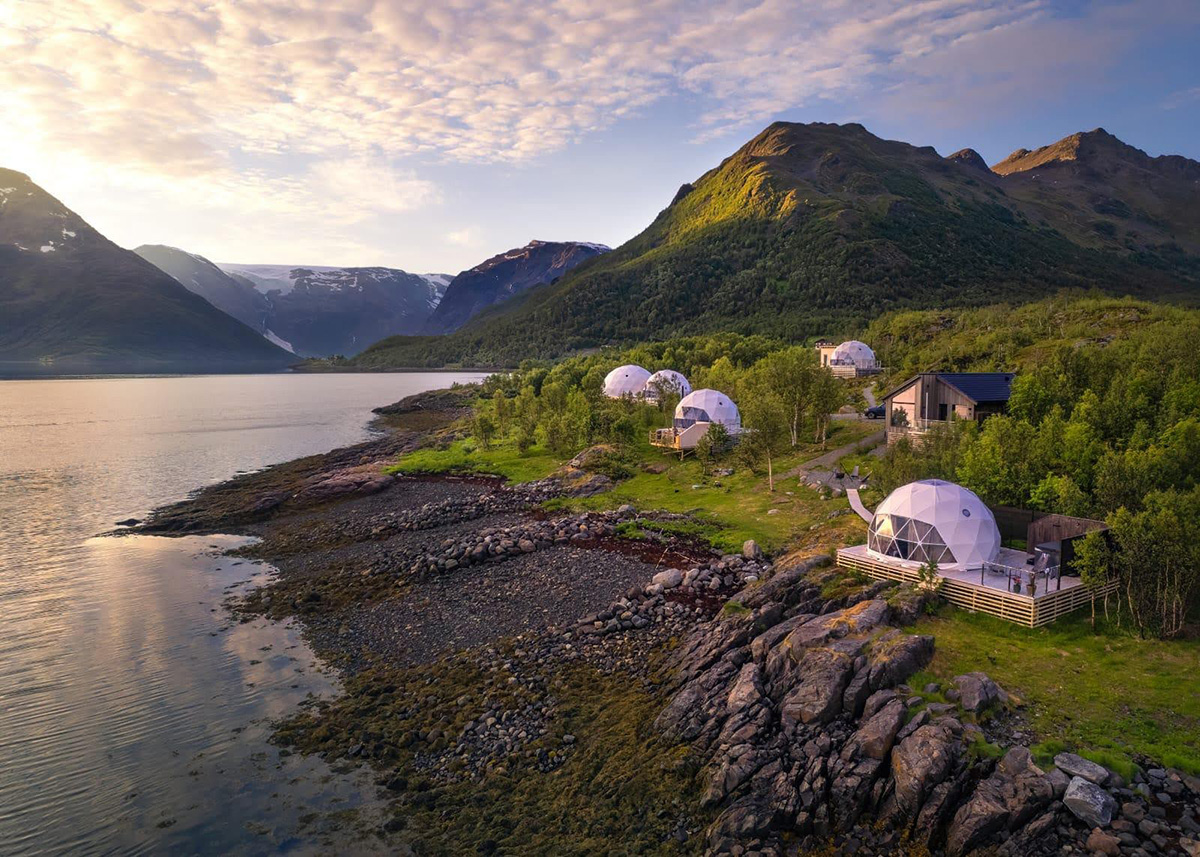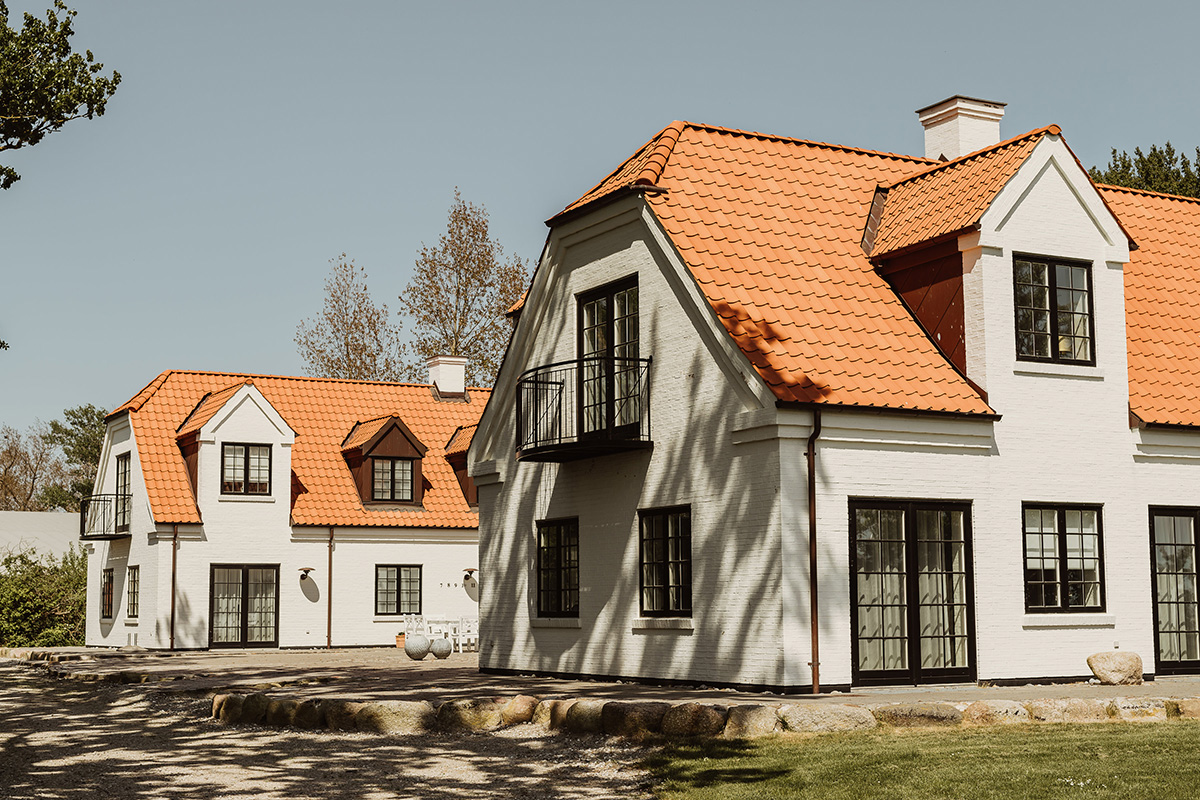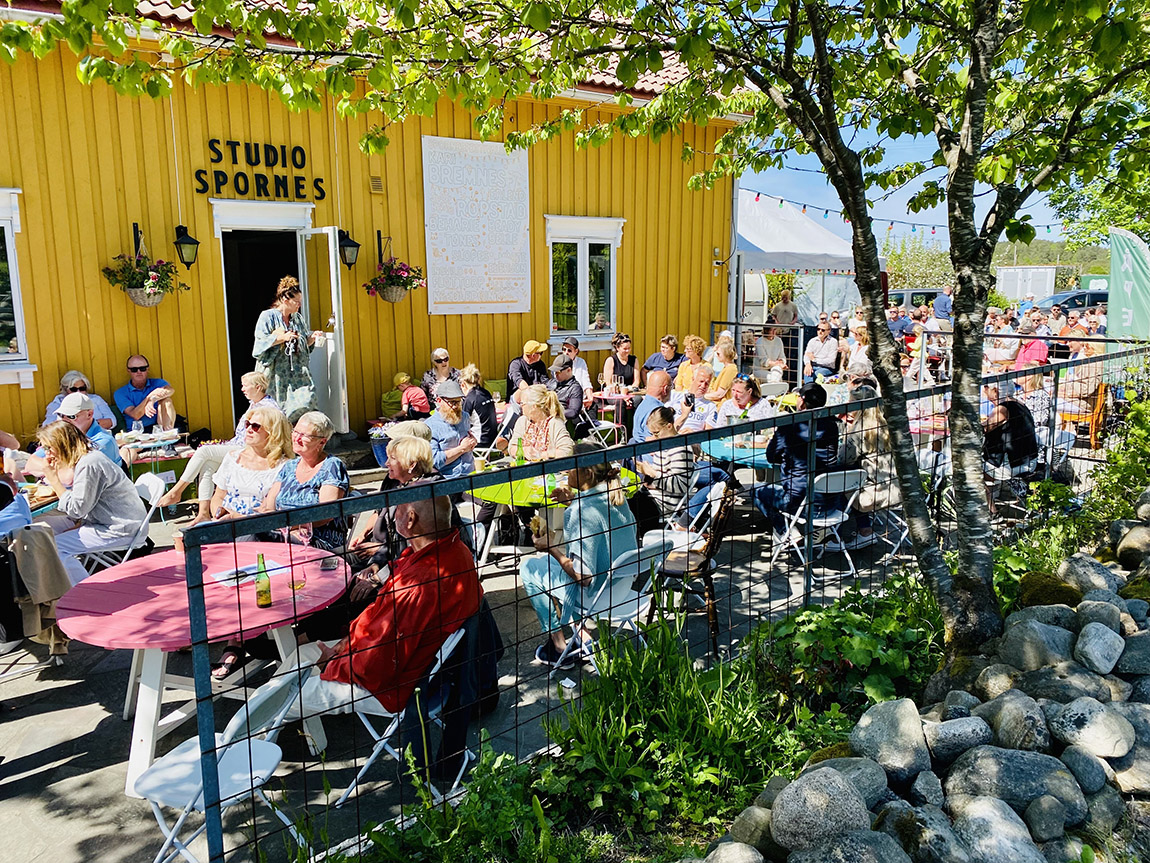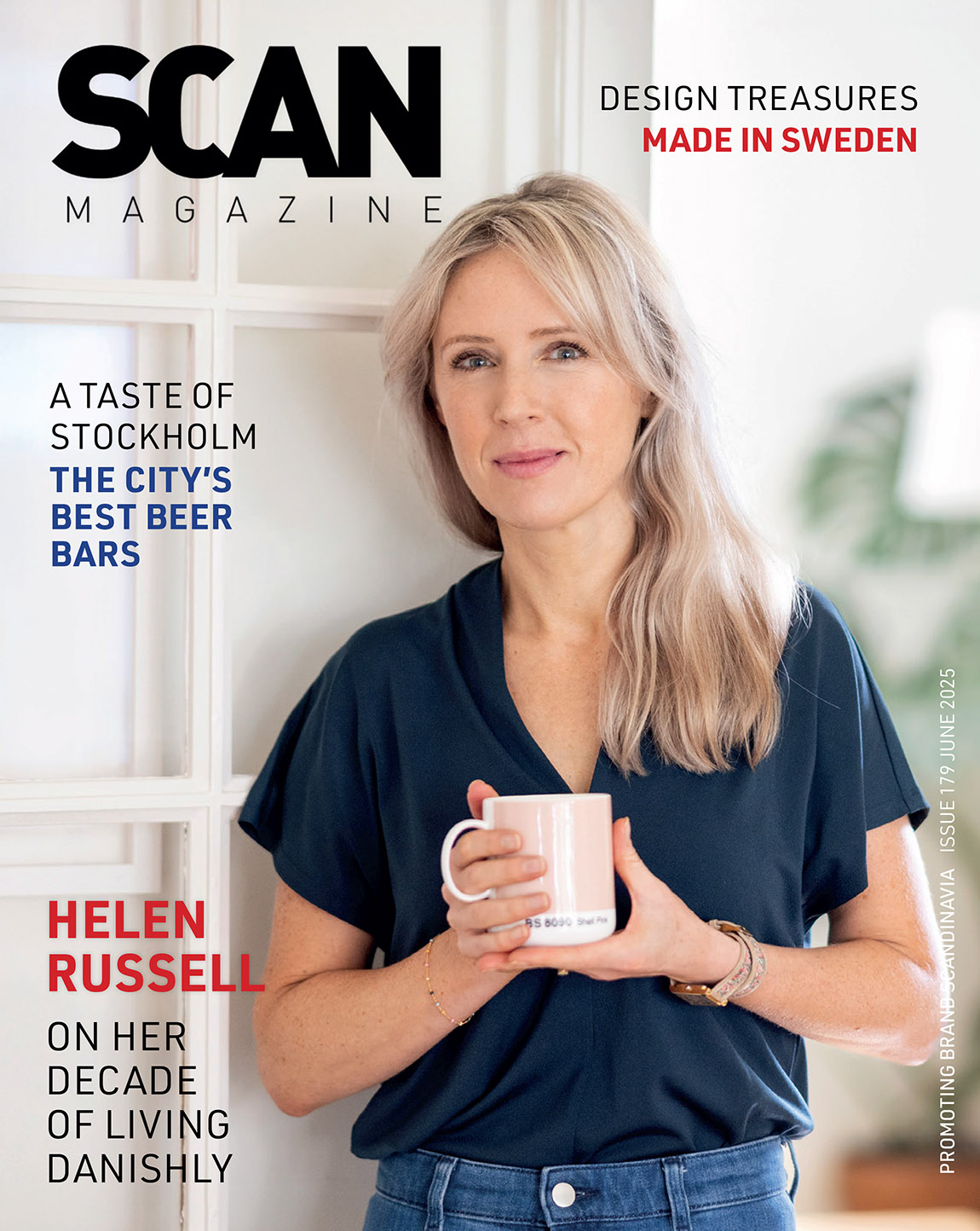Swing your way out of summer with Ultima Oslo Contemporary Music Festival
By Celina Tran
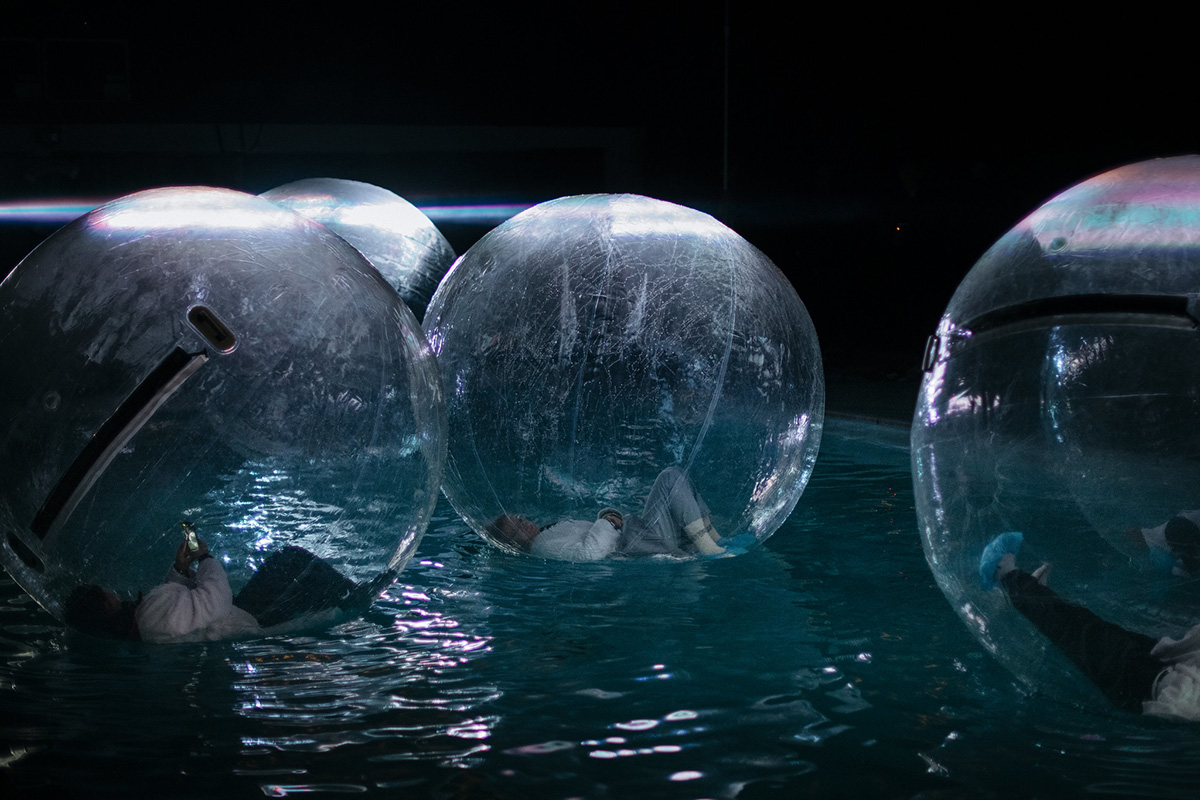
Over the years, there has been a range of unique experiences at Ultima, including Marianne Stranger’s Vannverk in 2021 where the audience listened from the inside of inflatable balls. Photo: Signe Fuglesteg Luksengard
Every September, the Norwegian capital is transformed by contemporary music, art and expression from all corners of the world. A beacon of avant-garde musical expression, Ultima Oslo Contemporary Music Festival is not only a platform for contemporary music but also ideas.
When summer gives way to the first crisp month of autumn, one might think the Norwegian capital is getting ready to bid the busy season of fun adieu. In reality, the fun is only about to begin! From 12-21 September, the annual Ultima Oslo Contemporary Music Festival will take place across Oslo, and visitors can expect fun festivities, but also thought-provoking and conversation-starting art and culture. “Ultima has been opening ears and minds through contemporary music and sound-based art since 1991,” says festival director Heloisa Amaral.
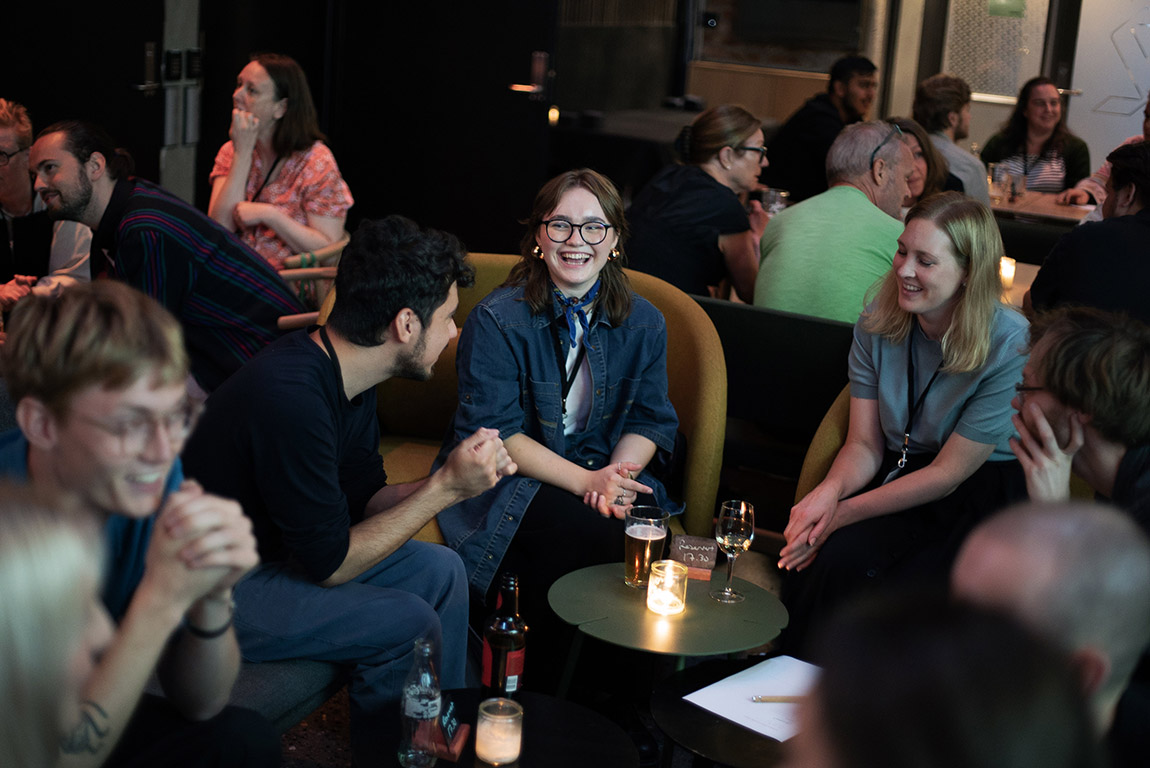
Photo: Vilde Mikkelhaug
The festival includes special contemporary music activities for all ages, including a Children’s Ultima Day. There’s also Ultima Context, a series of talks, panel discussions, seminars and workshops. Through these programmes, young people and curious listeners can get closer to today’s music. “We seek to create not only an image of Oslo and the people who live here through music, but also of the wider society and modern world,” says Amaral. Through art and creation, the festival’s many numbers want to spark dialogue, reflection, and new ideas about the world around us.”
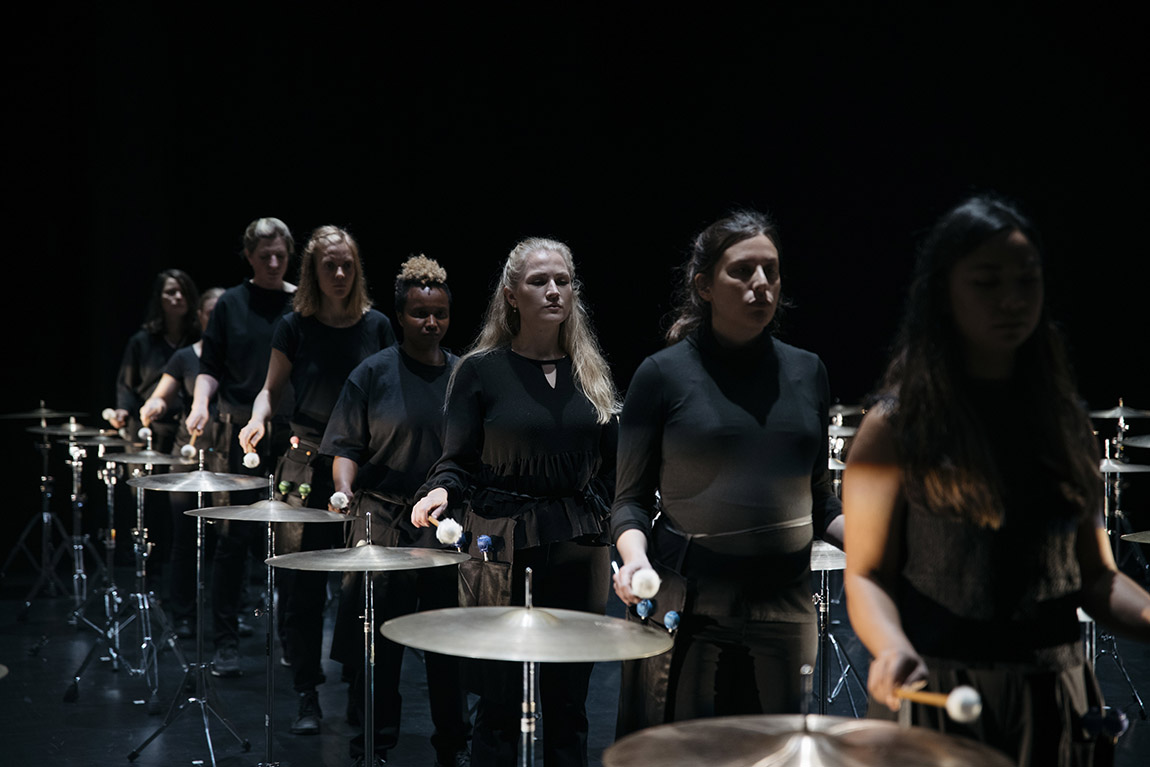
Photo: Signe Fuglesteg Luksengard
A longing for togetherness
This particular year has been one of global conflict, polarization, and worry, and Amaral explains that this year’s festival takes care to reflect the image of the world as it is today. While the performances might take on more serious topics, she reassures that the event itself will be one of togetherness and celebration. “There’s a theme of longing, almost; longing for resources, for togetherness, new relationships to the environment, for peace. But the festival is not one of melancholy, but rather a beautiful opportunity for people to come together and dream together,” she says.
In many ways, coming together is the very foundation of Ultima. While it’s an independent foundation, it consists of 18 different member organisations that make up some of Norway’s biggest art and music institutions, including the Munch Museum, the Oslo Philharmonic, and the Henie Onstad Art Centre.
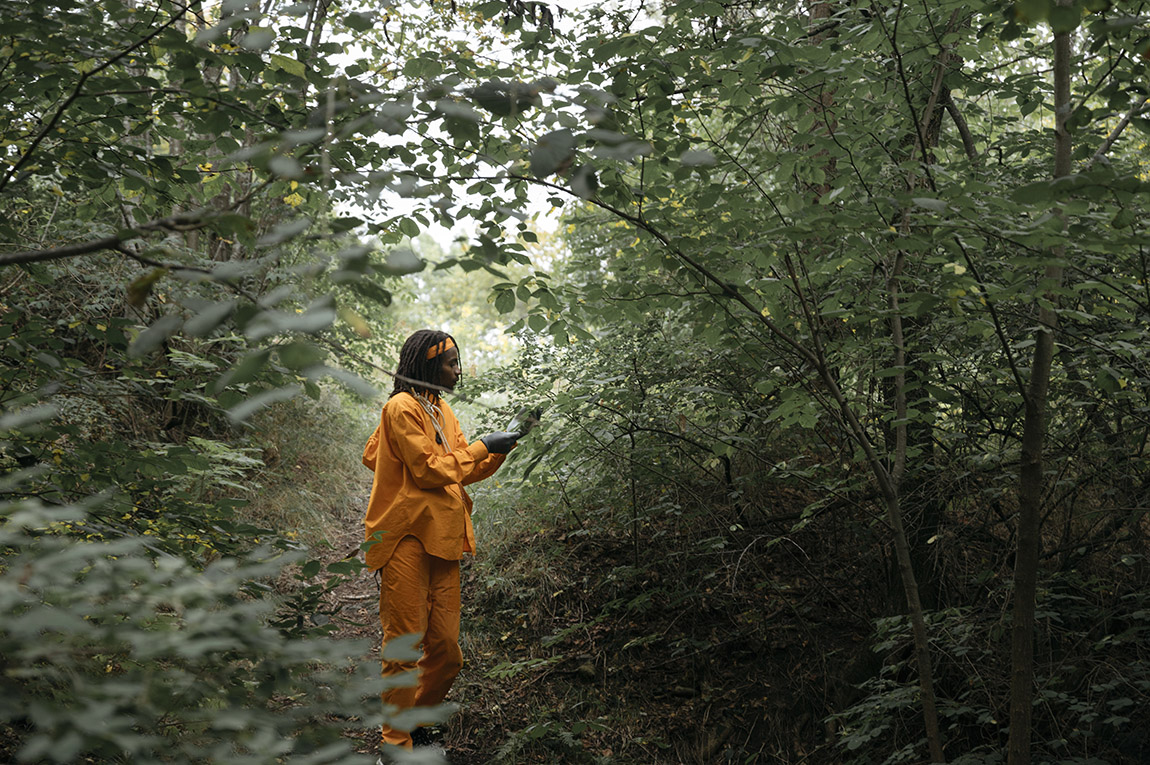
Photo: Signe Fuglesteg Luksengard
“Our story actually started before we knew it, with the establishment of the International Society for Contemporary Music in 1922, where organizations from all over the world joined. nyMusikk, one of our member organizations, became a member and Norway’s representative,” explains Amaral. “When it was Norway’s turn to host an event in 1990, several groups came together to create this fantastic event, and that’s essentially how Ultima was born. The communal work and collaboration is a testament to our Nordic spirit.”
Ever since its establishment, Ultima’s many organizations have come together every year to share and spread contemporary music with people of all backgrounds. Some contemporary music festivals can be more aimed towards music specialists, but Ultima is meant for everyone.
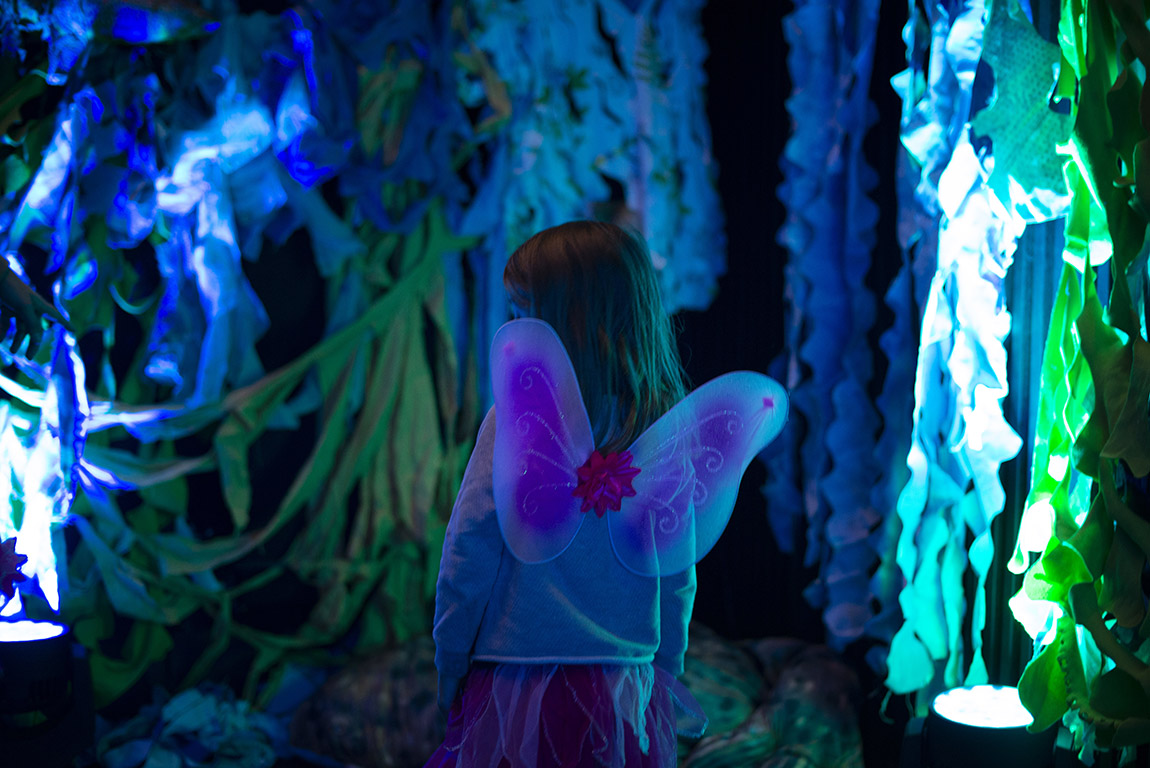
Everyone is welcome to Ultima! The annual Children’s Day ensures that also the youngest get to experience the best of contemporary music at their own pace and level. Photo: Signe Fuglesteg Luksengard
Creating poetry from polarization
This year’s agenda explores a range of topics that can be difficult to confront in an everyday conversation. By taking something challenging and creating something poetic out of it, artists featured at Ultima show how important art is to humans, not only at a historical but also at a contemporary level. The theme is best described as ‘an ear to the present’ and serves as an artistic looking glass into the world as we see it today.
Performances include new music by Jana Winderen and Chris Watson, an electronic mix of whale sounds from the sea floor where Norway has proposed deep sea mining. Another interesting performance is Maja Ratkje and Ensemble Modern’s National Anthems, where the artists have used AI to make five new countries and further created hymns and anthems for these countries. It seeks to reflect on what exactly a nation-state is.
“I’m particularly looking forward to Fire in My Mouth by Julia Wolfe, performed by the Oslo Philharmonic and an orchestra of 140 women and girls,” says the festival director. “The show is meant to encapsulate the fire inside the Triangle Shirtwaist Factory, and acts as an homage to not only the tragedy and victims, but also the labour movements that followed.”
A large part of the work focuses on representation across the board, which is why it’s important for Ultima to tell these stories. Amaral concludes; “We’re proud to have achieved our gender parity goals in terms of the artists that are presented at the festival. There’s always work to be done, and we have many such goals, but we’ve come far and are proud to share this festival with the world.”
The many different events will be scattered across the city, from the famous music conference and festival, by:Larm, to the roof of the Opera building, and the public library, Deichman. Valuing accessibility, plenty of Ultima’s concerts will be free and held in public spaces.
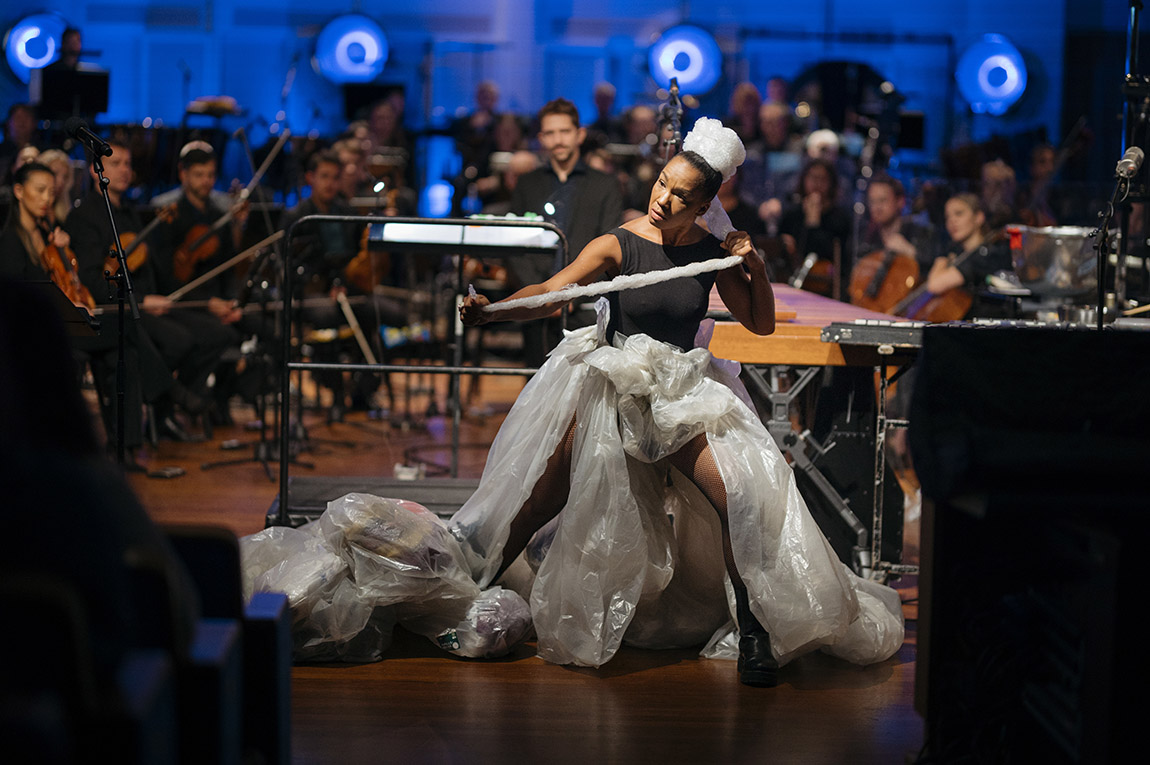
Photo: Signe Fuglesteg Luksengard
Web: www.ultima.no
Facebook: Ultima Oslo Contemporary Music Festival
Instagram: @ultimafestivalen
Subscribe to Our Newsletter
Receive our monthly newsletter by email

